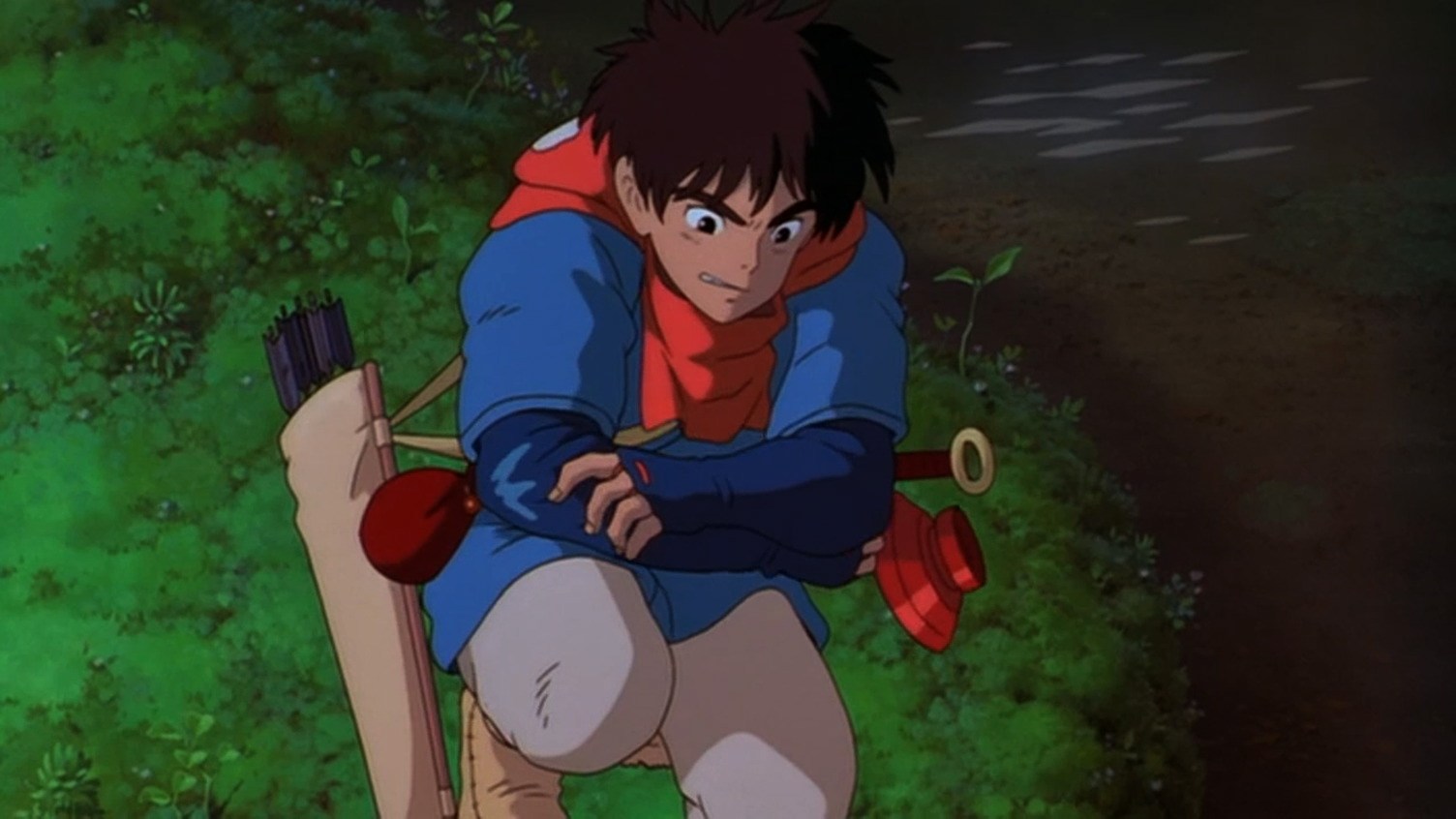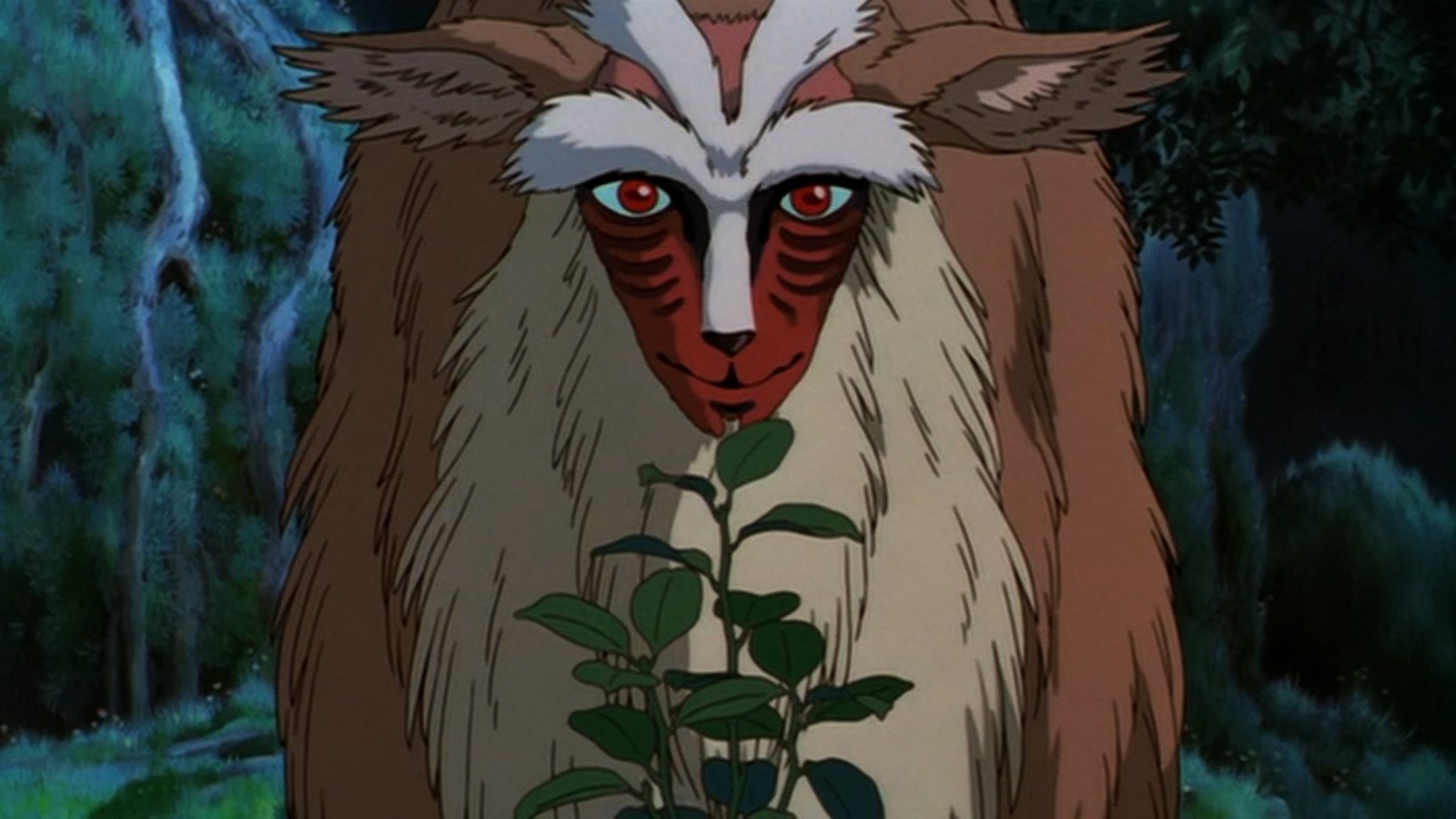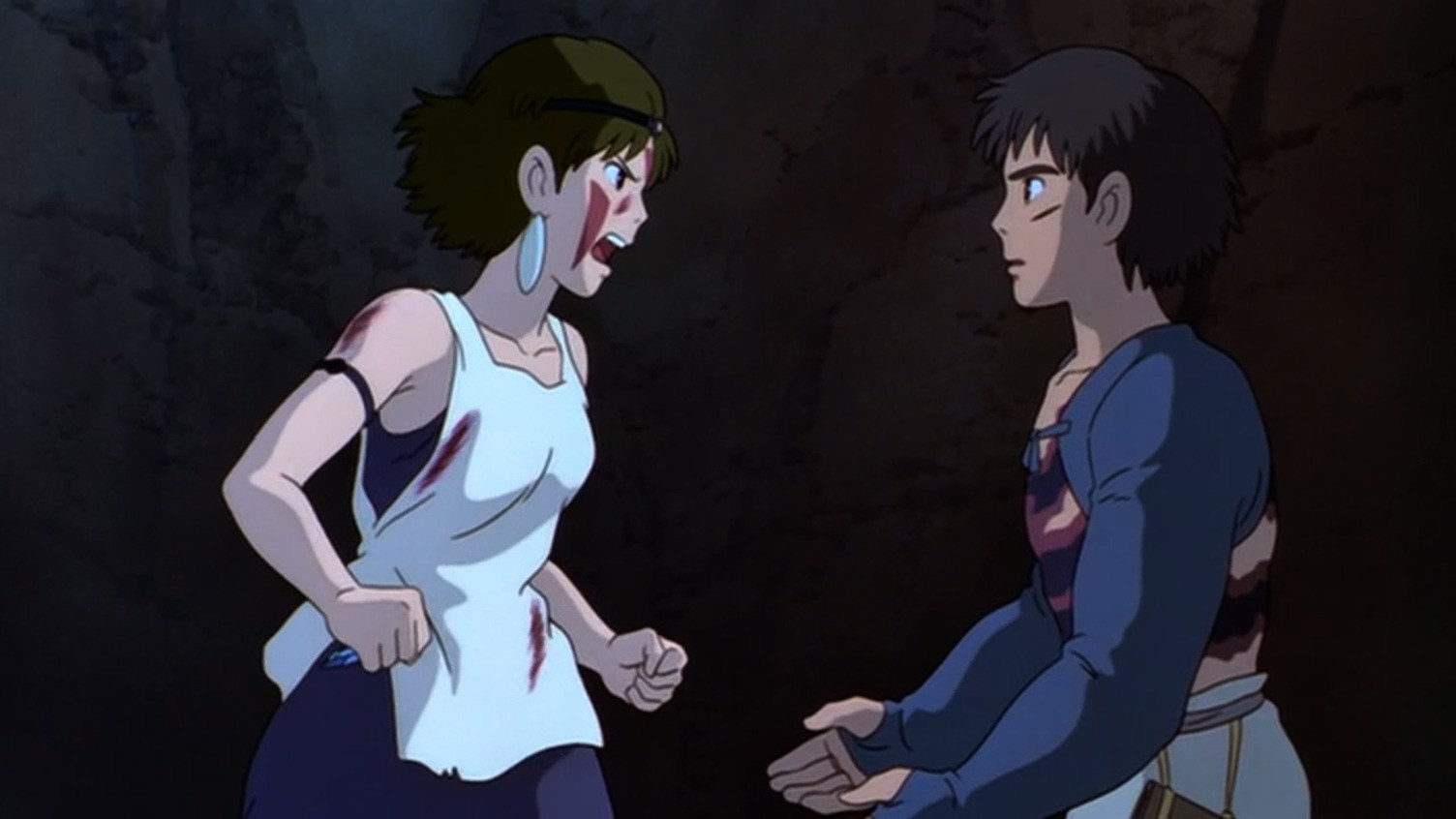Eyes Unclouded: Princess Mononoke and Living with Anxiety
Note: This is not an examination of the intentions of Hayao Miyazaki or any of the other filmmakers involved in the production of Princess Mononoke. This is how it speaks to my own lived experience.
(CW: mental illness)
I live with anxiety and depression. I have been going to therapy semi-regularly since 2010, after I experienced an anxiety attack that caused me to flee my workplace. My first experiences with depression were in high school. Anxiety and depression often go hand-in-hand, and I’ve heard it described as a symbiotic relationship – bouts of high anxiety leading to periods of depression.
The experience of an anxiety attack, aka a “panic attack,” is like being stalked by a tiger that’s just out of sight. It’s difficult to breathe. You have to do something right now, come on, let’s go, but you don’t know what exactly needs doing. Your fight-or-flight kicks in, and either you get irritable and angry, or you panic and escape as best you can.

Ashitaka, gripping his cursed right arm.
Prince Ashitaka, from the move Princess Mononoke, is cursed by a demon-possessed boar god after defending his village. The same curse that possessed the boar now possesses him, and he endures it as he tries to find a cure. In the end, he gets embroiled in a war between humanity and nature.
(The movie is far more complicated than that, but that’s all we need for my purposes.)
When Ashitaka is in danger, or he sees violence, his right arm lashes out. He’s angry, but also deeply afraid of his curse. It also leaves physical scars on his arm which spread as the movie progresses.
How Ashitaka feels when his curse takes over is how I feel during a panic attack. I’ve never hurt anyone, but I’ve yelled and said things I regret. The phantom worms that emerge from his arm are an apt metaphor.
Afterwards, Ashitaka is far more subdued. He staggers through the film, willing himself through fatigue and hopelessness.
He shows compassion for injured ironworkers he finds by a river, and is charmed by the kodama, forest spirits that live in trees, but he’s never happy in the film until the end. Midway through the film he visits an iron works, run by Lady Eboshi, a self-made woman. As the workers dance around him, he sits in melancholy silence, ruminating over the destruction and violence turned towards the natural world.
Ashitaka’s demeanor is similar to anhedonia, or a lack of pleasure. It’s a primary symptom, though not the only one, of depression. I’ve experienced it after intense periods of anxiety, a kind of emotional wake that follows panic attacks.
The sole character that inspires any will to live in Ashitaka is San – aka Princess Mononoke, aka the title character and worthy of her own essay. Literally raised by wolves, she wages war on Lady Eboshi in revenge for her destruction of the forest.

The Deer God
The one creature, divine or mundane, that can cure Ashitaka of his illness is the Deer God, referred to as the Great Forest Spirit in the English translation. As master of life and death, the Deer God can remove Ashitaka’s curse, but could easily end his life. The few times he is seen, he is totally inscrutable, his motives unknown.
Eventually, San brings Ashitaka to the Deer God at last. Alas, he doesn’t cure him, and soon she is drawn back into the war between humanity and nature, and he tries to stop the fighting before everyone is killed.
Naturally, the humans have to ruin things for everyone by shooting off the Deer God’s head, which causes a natural catastrophe.

I cry every single time I watch this scene.
It’s here that Ashitaka, rather than giving in to his curse, tries to make things right, despite the certain death that he and the other humans are facing. I have no idea why this scene affected me so much for years: Ashitaka, begging San to put aside her anger at the humans for what they did, to help him put it right.
His arm isn’t bugging out. His curse hasn’t taken control. It’s just him, being vulnerable with someone he cares about. asking for her help.
(She stabs him first, but they hug it out and save the day.)
In the end, the Deer God is saved, but evaporates with the morning sun and becomes one with the forest. Ashitaka’s curse is finally healed, but it leaves scars.
I project a lot onto Ashitaka. Miyazaki, for what it’s worth, wrote his curse as an analogue for leprosy. (He also depicts lepers in the film in a very sensitive, humane way.) He probably didn’t intend a reading like this.
But I’ve loved this movie for so long. It spoke to me with a metaphor that I didn’t truly understand until very recently.
I’ve also dodged what I think about the Deer God. Well…he represents two things to me.
For one, he’s a god of life and death. Mortality is something that’s been on my mind lately.
And two, he’s also … a god. I haven’t written about my thoughts on divinity since my last essays, but suffice to say my theology has changed. Less Monotheist, more … nature-oriented. (I’ll just leave it at that.)
There’s way, way more to love about this movie than as a metaphor for anxiety. It shatters traditional gender roles, giving us complex female characters in Lady Eboshi, San, and others. It’s an ecological fable that works whether you’re a Twitter-jaded adult like me or an optimistic child. I recommend reading Tor.com’s 20 year retrospective, or watching the video essay Mikey Neumann created about it.
Ashitaka has his curse lifted, but the scars remain.
Ultimately, there is no cure for anxiety and depression. There is only treatment. With a great deal of help, I’ve developed coping mechanisms and methods of therapy to minimize and control my anxiety. Counseling. Mindfulness. Exercise.
Only the Deer God can lift this curse, and I won’t risk that just yet.
In the meantime, I have my friends and family. I don’t know a wolf girl or any iron workers, but I have some pretty great people in my life. As Ashitaka says to San at the end, the Deer God “is here with us now, telling us, it’s time for both of us to live.”